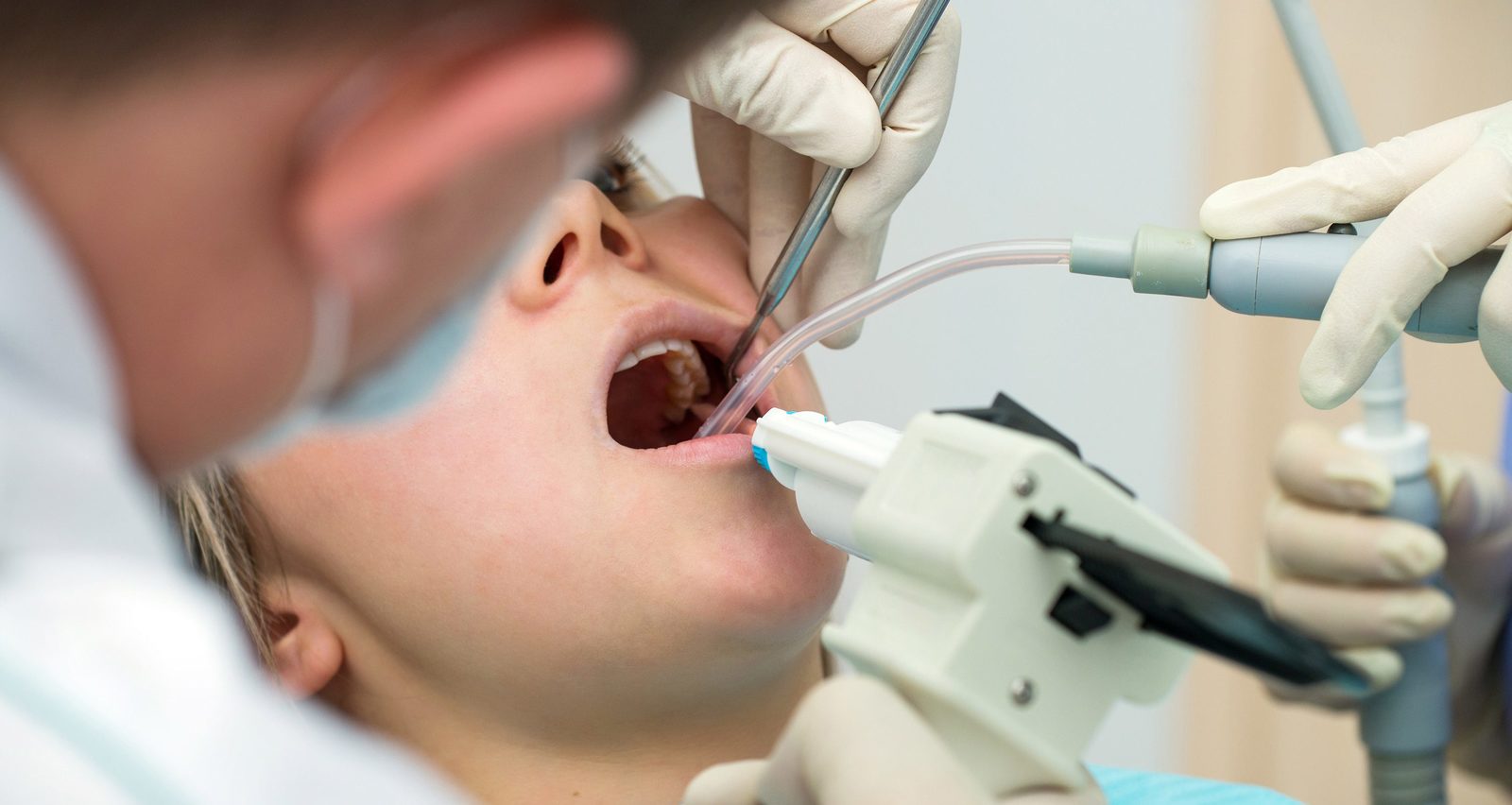 A-dec explains how optimising the way you work can help to reduce stress on your body.
A-dec explains how optimising the way you work can help to reduce stress on your body.
Four-handed dentistry became popular in the 1970s and encourages effective cooperation between dentist and nurse to improve workflow, ergonomics and efficiency. Unfortunately, it is rarely taught in dental schools nowadays and many dental professionals of the current generation will not have been trained to practise in this way.
Through the years the daily aches and pains of poor positioning accumulate and can lead to chronic injury possibly effecting the ability to practice dentistry, and even resulting in early retirement.
If we think about the normal working position of a dentist, they are often seen bending and stretching, moving around on their stools to find their instruments, and generally getting into uncomfortable positions to best reach into the oral cavity. Similarly, the nurse will be straining to efficiently aspirate, possibly leaning around the patient or dentist just to be able to see what they
are doing.
Four-handed dentistry
Whilst it may be impossible to completely erase these conditions – it is simply too difficult to reach to the very back of the oral cavity without some stretching – it is very possible you can reduce them by using more ergonomic working methods.
This is one of the key purposes of four-handed dentistry. Encouraging both dentist and nurse to work together will help minimise the individual strains. It relies on a mutual understanding between team members, so that instruments and equipment can be passed to and from the dentist without them having to look up – eliminating the need to turn and twist, whilst also reducing eye strain. To be successful, four-handed dentistry requires practise to achieve this coordination.
Of course, the nurse’s role is not simply to pass instruments: they will pre-empt what the dentist needs, ensure they choose the correct equipment at the right times and will complete a number of treatment processes themselves. In true four-handed dentistry everything that can be delegated to the nurse, should be.
Surgery layout is also crucial for four-handed dentistry; cabinets and procedure trays must be positioned within easy reach of the nurse, so they do not have to stretch in order to reach the required instruments, and there must be ample room around the dental chair for both the dentist and nurse to manoeuvre.
Getting the right equipment
Look for equipment that will reduce your motion and make every move count. A dental chair that can accommodate the dentist and assistant to work in close proximity to the patient is essential, and stools that provide good support and allow for optimal posture. Dental loupes could also be considered, as they will allow the dentist to see clearly without having to lean in, and an efficient light must be used to properly illuminate the mouth.
Every detail of any product in the expansive A-dec range is specifically designed to benefit the entire dental team. From its range of ergonomic dental stools to the lightweight, flexible backrest of its dental chairs allowing unparalleled access and proximity to patients, through to the innovatively designed 12 o’clock assistant’s table and delivery systems that give the entire team ease of access.
By perfecting four-handed dentistry, practitioners can improve the way they treat – benefitting not only their patients, but themselves and their team also. Changing the way you practice can be a lengthy process, particularly if you are accustomed to a different way of working, but the health benefits are substantial and may even extend your working life.
Contact the A-dec team to see how they can help you incorporate four-handed dentistry with the most effective products for you.


